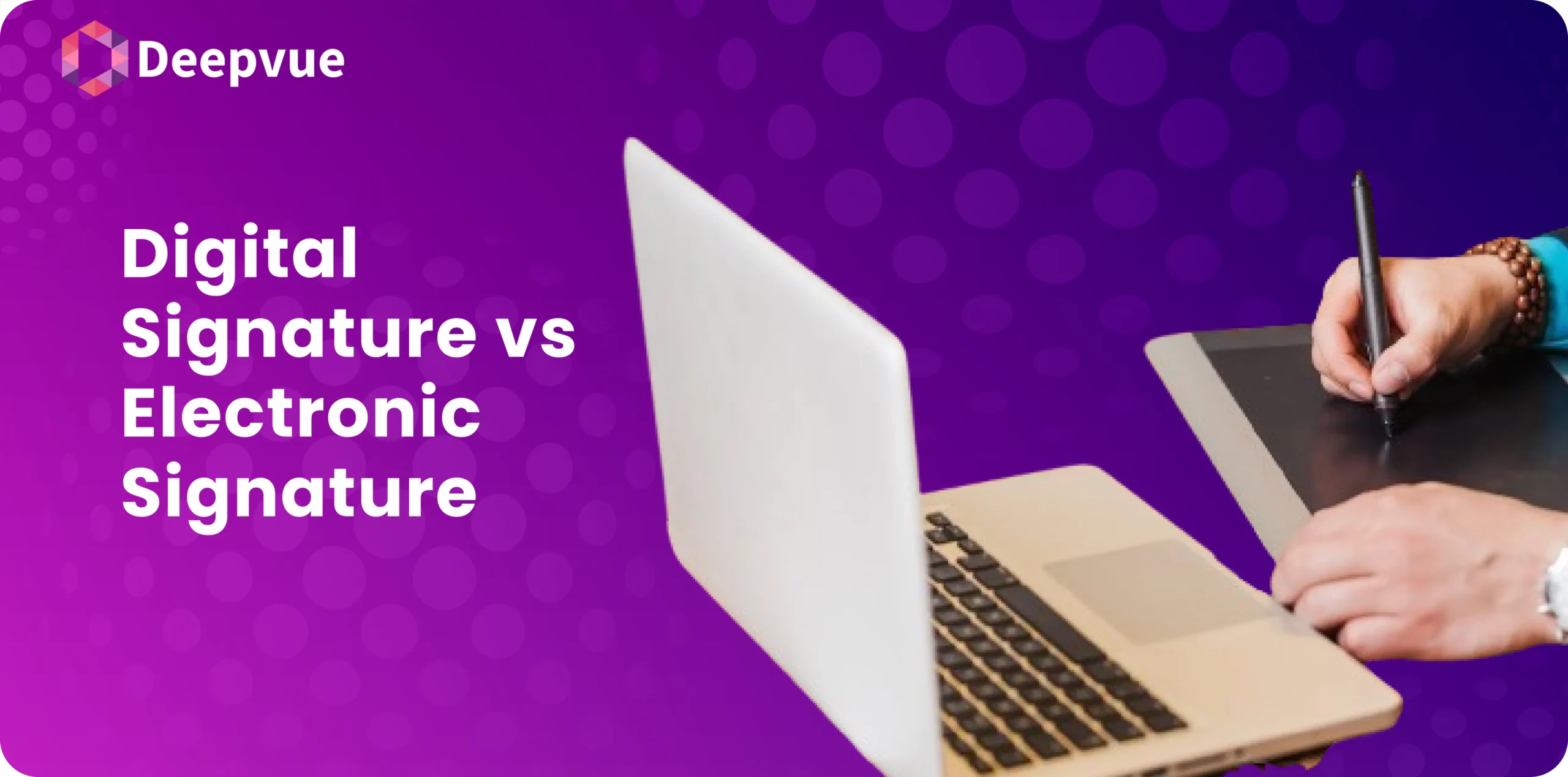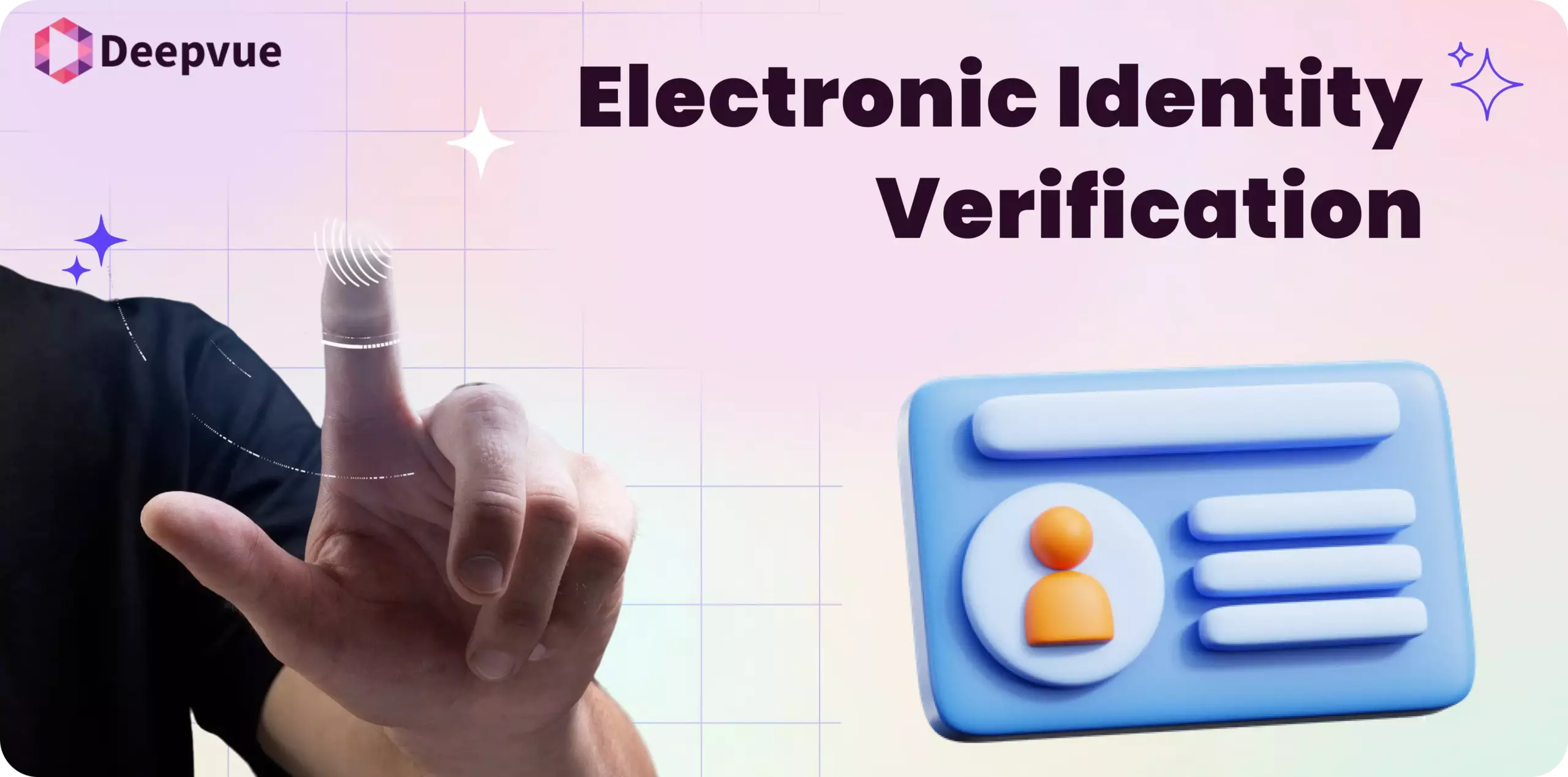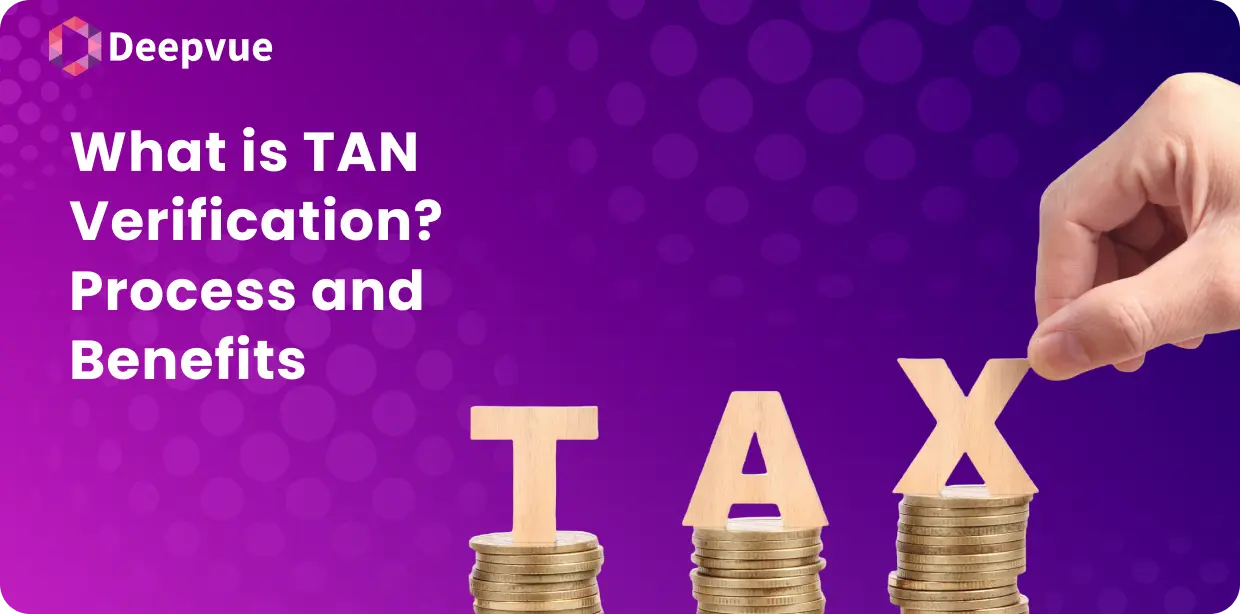The terms ‘digital signatures’ and ‘electronic signatures’ sound similar, but they are different in terms of features and benefits. While both of these methods are used for signing documents electronically, they have different purposes and offer varying security levels.
Businesses looking to get the right solution for their document signing requirements should understand the difference between digital & electronic signatures. In this blog, we will dive into everything you need to know about electronic and digital signatures and their differences.
What is an Electronic Signature?
An electronic signature (e-signature) is a digital indication of a person’s intent to sign a document. It can be as simple as:
- Typing the signer’s name at the end of an email.
- Clicking an “I agree” button on a website.
- Drawing signer’s signature on a touch screen.
E-signatures are designed to replace handwritten signatures and can be used in many everyday transactions. They are convenient and easy to use but vary in their level of security.
What are the Different Types of Electronic Signatures?
There are several types of electronic signatures, each offering different levels of security and legal recognition:
1. Simple Electronic Signatures (SES)
These are the most basic forms of electronic signatures, such as a typed name or a scanned image of a handwritten signature. They are easy to use but offer minimal security.
2. Electronic Seals (eSeal)
Electronic seals are the digital version of a corporate seal that are used to verify authenticity & origin of the document. They ensure that the document has not been altered since it was sealed.
3. Advanced Electronic Signatures (AES)
These signatures offer a higher level of security by using cryptographic keys. They are linked to the signer and capable of detecting any changes made to the document after signing.
4. Qualified Electronic Signatures (QES)
QES provides the highest level of security and legal validity. They are created using a qualified digital certificate issued by a Qualified Trust Service Provider (QTSP), ensuring the signer’s identity and the document’s integrity.

What is a Digital Signature?
A digital signature is a more secure form of an electronic signature. It uses cryptographic technology to verify the signer’s identity and ensure that the document has not been altered after signing. Here’s how it works:
- The signer uses a unique digital certificate issued by a trusted Certificate Authority (CA).
- This certificate creates a digital fingerprint of the document.
- The digital signature is then attached to the document.
Digital signatures offer a higher level of security and are legally binding in many countries, making them suitable for sensitive transactions and documents.
Key Differences Between Electronic Signatures and Digital Signatures
| Aspect | Electronic Signatures | Digital Signatures |
| Technology and Infrastructure | Simple, often a typed name or scanned handwritten signature, without advanced technology. | Use cryptographic technology and digital certificates to create a unique document fingerprint. |
| Security and Authentication | Basic security; shows intent to sign but does not verify identity or document integrity. | High security; verifies identity and document integrity, making any post-signature changes invalid. |
| Legal Frameworks and Compliance | Accepted for everyday transactions but may not meet regulatory standards in highly regulated industries. | Comply with laws like eIDAS (EU), ESIGN Act (US), and ESEATPR (India), suitable for regulated industries |
Benefits of Digital Signatures
1. Enhanced Security
Digital signatures use encryption to ensure the document’s authenticity and integrity, reducing the risk of fraud and tampering.
2. Legal Validity
They meet stringent legal standards, making them legally binding and suitable for use in highly regulated industries.
3. Efficiency and Cost Savings
Digital signatures streamline the signing process, allowing documents to be signed and shared instantly, saving time and reducing costs.
4. Environmental Sustainability
By eliminating the need for printing, shipping, and storing paper documents, digital signatures contribute to environmental sustainability.
Use Cases and Industry Applications
1. Legal Sector
Digital signatures are used for signing contracts, agreements, and legal documents, ensuring authenticity and integrity.
2. Banking and Financial Services
They secure transactions, loan approvals, investment agreements, and other financial documents.
3. Healthcare
Used for consent forms, medical records, and prescriptions that require high levels of security and privacy.
4. Government and Public Sector
Digital signatures are applied to official documents, permits, licenses, and other regulatory paperwork.
5. Real Estate
Used for property sales contracts, rental agreements, and management documents.
6. Human Resources
Applied to employment contracts, appraisals, policies, and training certifications.
How to Choose the Right Document Signing Solution
When selecting a document signing solution, consider the following factors:
- Security: Ensure the solution employs robust encryption and complies with industry standards.
- Integration: Look for a solution that integrates seamlessly with your existing software systems.
- Scalability: Choose a solution that can grow with your organization’s needs.
- User Experience: Opt for a user-friendly interface that supports various document formats.
- Reputation and Support: Evaluate the provider’s reputation, customer support, and track record.
Best Practices for Secure & Compliant Digital Signature Implementation
- Develop Policies and Procedures: Develop clear guidelines for the use of digital signatures and educate employees on their importance.
- Prioritize Security: Select a solution that employs robust encryption and authentication measures.
- Integrate Seamlessly: Ensure the solution fits into your existing workflows to maximize efficiency.
- Regular Review Processes: Keep your processes updated to stay compliant with relevant regulations.
- Provide Training: Offer adequate training and support to ensure smooth adoption and usage across the organization.
Future Trends in Digital Signing
- Biometrics and AI-Driven Verification: Advanced technologies like biometrics and AI are expected to enhance the security and reliability of digital signatures.
- Emerging Regulations: New regulations and standards will continue to evolve, ensuring the validity and enforceability of digital signatures globally.
- Integration with Digital Workflows: Digital signatures will become an integral part of end-to-end digital workflows, further enhancing efficiency and user experience.
Conclusion
While both electronic and digital signatures offer benefits, digital signatures provide a higher level of security and legal validity. By understanding the differences and considering your specific needs, you can choose the right solution to enhance your organization’s workflows, improve security, and ensure compliance.
For more information on implementing digital signatures in your organization, visit Deepvue.tech.
FAQs
Can electronic signatures be used for all types of documents?
Not all documents are suitable for electronic signatures. While they are ideal for everyday transactions, highly regulated industries or documents requiring stringent verification may necessitate digital signatures.
How do I obtain a digital signature certificate?
A digital signature certificate can be obtained from a trusted Certificate Authority (CA). The process typically involves verifying your identity and applying for the certificate through the CA’s website.
Are electronic signatures legally binding?
Yes, electronic signatures are legally binding in many countries. However, the level of acceptance varies, and they may not meet the legal requirements for all types of documents or industries.
What happens if a digitally signed document is altered after signing?
If a digitally signed document is altered after signing, the digital signature becomes invalid. This feature ensures the integrity of the document and prevents tampering.
Can I use digital signatures on mobile devices?
Yes, many digital signature solutions offer mobile apps or mobile-friendly interfaces, allowing you to sign documents securely from your smartphone or tablet.








